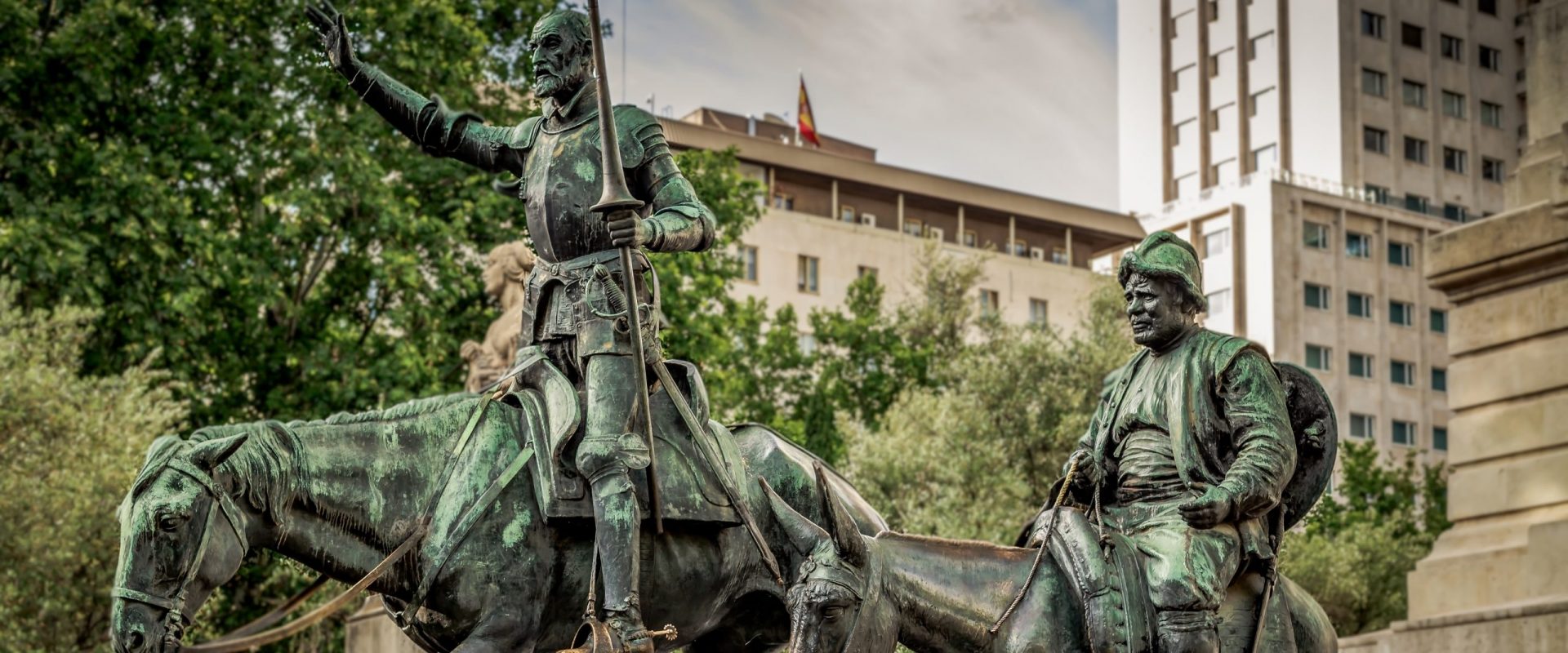Conditio Humana, universal meaning of life, or existential adventurism?
Contents
Conditio Humana, universal meaning of life, or existential adventurism?
Albert Camus said that Ortega y Gasset was »perhaps the greatest European writer after Nietzsche« – in any case, Ortega is the most important Spanish philosopher of the 20th century. At the centre of Ortega’s thinking is the overcoming of the dichotomy between reason and life. In his lectures, he deals, among other things, with Dilthey’s interpretation of the historicity of the life process and develops his core thesis that reason can only be lived at all insofar as life itself is rationally constituted. Ortega sees in the Knight of the Sad Countenance the illustration of the human condition as such. Of Cervantes’ work, he says, there exists »no book to which the gift of symbolic allusion to the universal meaning of life has been given to a greater degree.« (Ortega y Gasset, 2008).
Camus (1942, 16) himself also addresses the search for human meaning in his famous essay »Le Mythe de Sisyphe« in 1942, referring to Quixote: »I therefore conclude that the meaning of life is the most urgent of questions. How to answer it? On all essential problems (I mean thereby those that run the risk of leading to death or those that intensify the passion of living) there are probably but two methods of thought: the method of La Palisse and the method of Don Quixote. Solely the balance between evidence and lyricism can allow us to achieve simultaneously emotion and lucidity. In a subject at once so humble and so heavy with emotion, the learned and classical dialectic must yield, one can see, to a more modest attitude of mind deriving at one and the same time from common sense and understanding.«
Vladimir Nabokov (2016), as a visiting lecturer at Harvard University in 1952, points out in his »Lectures on Don Quixote« that the (pseudo-)heroic figure of Don Quixote has long since taken on a life of its own and now stands for »all that is meek, helpless, pure, selfless and chivalrous. The mocking image has become the guiding image.«
For Miguel de Unamuno (1926, II, 25 f.), Don Quijote’s adventurism has an existential dimension, which he interprets in a particularly stubborn way: »Certainly there will be people who will resent Don Quixote for tearing Sancho anew from his quiet and leisurely life, for drawing him away from his peaceful work, and for determining him to leave his wife and children to pursue deceitful adventures … There are petty spirits who maintain that it is better to be a sated pig than an unhappy man; and there are also those who praise holy simplicity in all keys. But he who has once tasted humanity prefers it – even in the deepest misfortune – to the fullness of the pig. Therefore, one must keep the souls of one’s neighbours in turmoil by stirring them up in their deepest depths … One should unsettle the souls and kindle a powerful longing in them, even if one is convinced that they will never reach the goal of their striving. You have to lure Sancho out of his home, tear him away from his wife’s circle and make him go out in search of adventures: you have to make him human. There is a deep, self‐contained, inward tranquillity, and this tranquillity can only be won by shaking off from oneself the apparent tranquillity of domestic peace and country life.«

